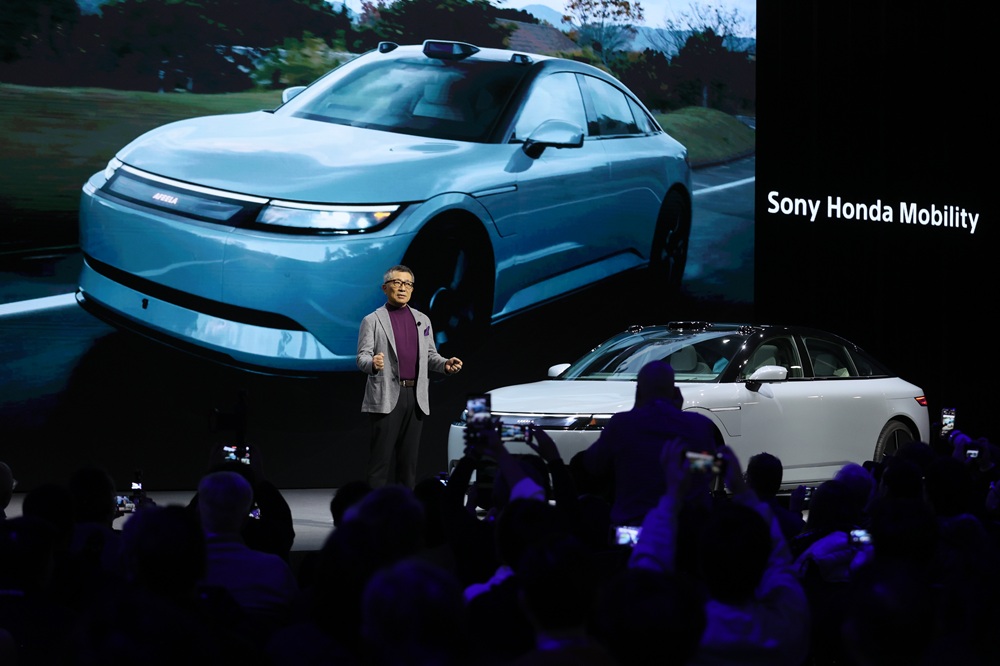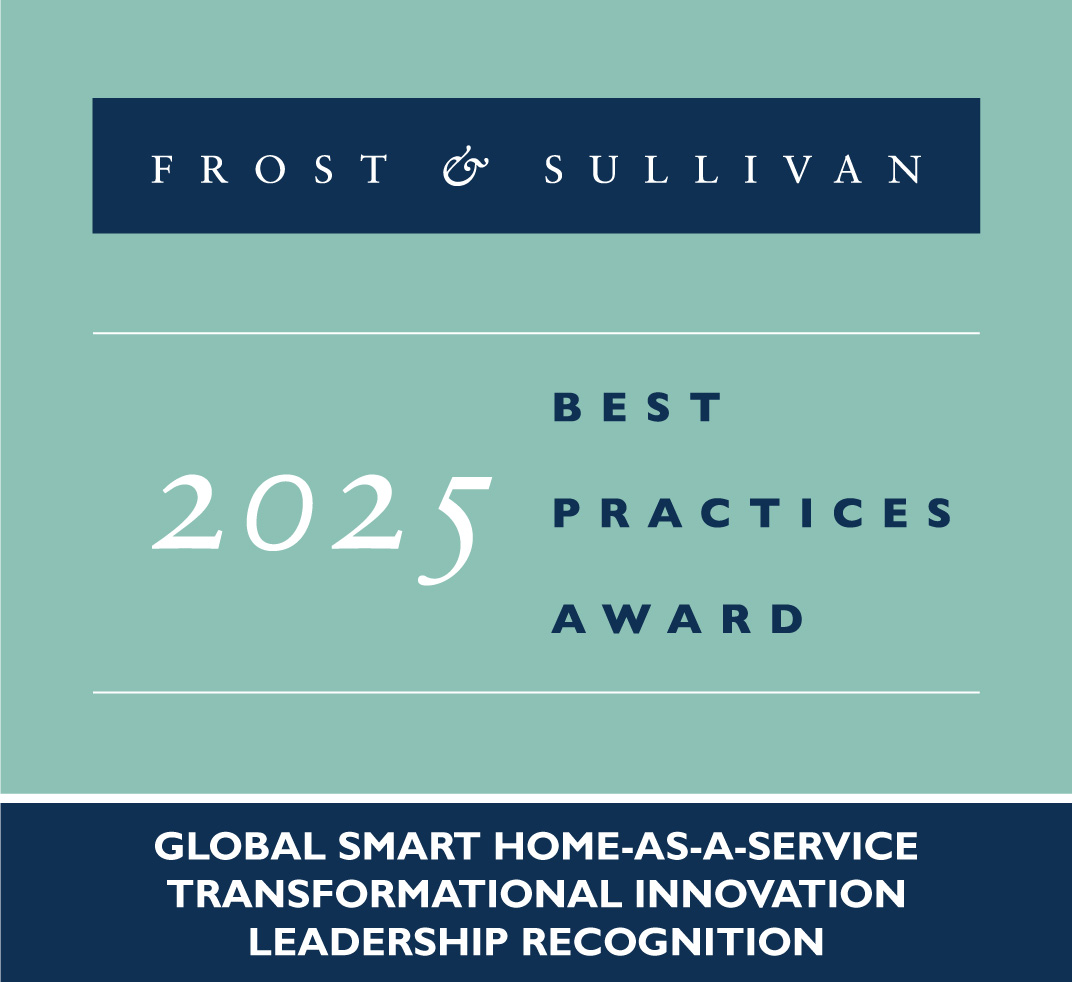Beyond the standard-issue “weird and wonderful” consumer tech—think an air-purifying cat perch and a furry, pocket-size robot—this year’s Consumer Electronics Show (CES) 2025 lived up to its promise of being a “proving ground for breakthrough technologies and global innovators.” The event which ran from January 7-10, 2025, highlighted significant advances in automotive technology.
Here are our top picks from this year’s event:
- Honda’s 0 Series electric vehicles (EVs), comprising an SUV and saloon, are set to debut in North America by 2026. The models are inspired by a wedge-like aesthetic and feature Honda’s proprietary ASIMO operating system. The AI-driven platform personalizes driver settings, provides over-the-air (OTA) updates, and ensures seamless vehicle operation. With Level 3 autonomous driving capability, hands-free operations are possible under specific conditions, enhancing safety and convenience. The minimalist interiors, panoramic displays, and five-screen dashboards align with Honda’s “Thin, Light, and Wise” design philosophy. Equipped with a lightweight structure and reduced battery thickness, these EVs target a range exceeding 300 miles per charge.
- Sony-Honda Mobility’s Afeela 1 luxury electric sedan combines advanced technology with premium design. Starting at $89,900, it features advanced driver assistance systems, an AI-powered personal assistant, and a PlayStation-inspired infotainment system. Interactive exterior displays add to its premium positioning. 

- Hyundai Mobis’ Holographic Windshield Display developed with ZEISS, converts the windshield into an augmented reality interface. Using Holographic Optical Element (HOE) technology, the system projects critical information such as navigation and safety alerts directly onto the glass, ensuring distraction-free driving. Furthermore, distinct viewing zones for drivers and passengers promote safety. Integrated into the Kia EV9 SUV, this pioneering holographic display is slated for commercialization by 2027.
- Aptera Motors’ revealed an industry-first; a production-ready solar-powered EV. This two-seater has a carbon-fiber chassis and aerodynamic design that supports 700 watts of solar panels. Optimized for efficiency, it supports up to 40 miles of solar-powered driving daily, which bumps up to a 400-mile range when plugged in.
- BMW’s Panoramic iDrive Display, debuting in the Neue Klasse X electric SUV, integrates advanced design and technology. This head-up display (HUD) spans the entire windshield, projecting critical driving information directly into the driver’s field of vision. The customizable interface with features like 3D depth perception and seamless interaction between displays, boosts situational awareness and user engagement. This is complemented by a rhomboid-shaped touchscreen and Large Language Model (LLM)-powered intelligent personal assistant.
- Cadillac’s OPTIQ showcased a 19-speaker AKG Studio Audio System featuring Dolby Atmos. Marking a first for the Cadillac lineup, this advanced sound system delivers a premium quality, fully immersive audio experience for vehicle occupants.
- AI-powered voice assistants demonstrated further technological advances. NVIDIA’s AI assistant offers capabilities in real-time data processing, adapting to user behavior for personalized recommendations. Amazon Alexa Auto boasts improved functionality with extended voice recognition, enabling seamless navigation, entertainment, and smart home device control. Google Assistant’s deep integration with Google services allows real-time updates on traffic, weather, and apps tailored for automotive use. SoundHound’s crowd-pleasing assistant facilitates hands-free food ordering through a voice commerce platform. Features like Voice Print Noise Reduction (VPNR) and Directional Keyword Detection (DOK) offered by MediaTek and Intelligo support improved accuracy in noisy environments.
- Chinese automakers were once again at the forefront. Great Wall Motor’s WEY 07 SUV featured NVIDIA’s Orin semiconductor and advanced driver assistance system, capable of managing varied driving conditions. Zeekr unveiled its 7X crossover with an 800-volt charging system and plans for ultra-fast chargers globally. It also spotlighted its forthcoming 007 shooting brake model and announced plans for a flagship SUV with hybrid battery-electric and plug-in systems. Li Auto unveiled the Li MEGA, the first vehicle to integrate both Dolby Vision and Atmos. Xpeng’s Aero HT, a hybrid modular flying car combining an electric minivan and a compact eVTOL aircraft, bagged 3,000 pre-orders. BYD had a showstopper in its Yangwang U9 supercar featuring a “jumping suspension” system, enabling the vehicle to leap over obstacles, an advantage in challenging terrains.
- Toyota announced three new vehicle launches in 2025, including advanced plug-in hybrids. There was a buzz over its ambitious “Emerald City” smart city initiative, designed to optimize mobility and energy efficiency.
- Aurora displayed its autonomous driving technology for commercial vehicles, demonstrating it in a Volvo VNL model.
Conclusion
Chinese exhibitors maintained a high-profile presence, reflective of their growing prominence in the increasingly tech-driven automotive industry. In contrast, U.S. automakers like Tesla were conspicuous by their absence. Notwithstanding this, CES 2025 spotlighted giant leaps in the automotive arena. From groundbreaking EVs and solar-powered vehicles to flying cars and holographic windshields, the event demonstrated how automakers worldwide are pushing the boundaries of mobility.
With inputs from Amrita Shetty, Senior Manager, Communications & Content – Mobility




